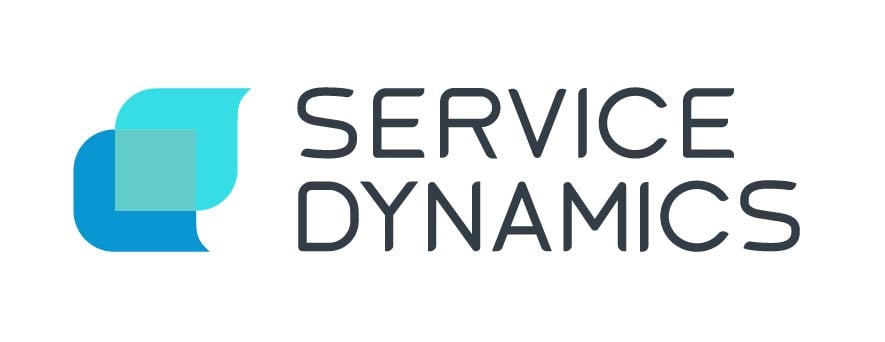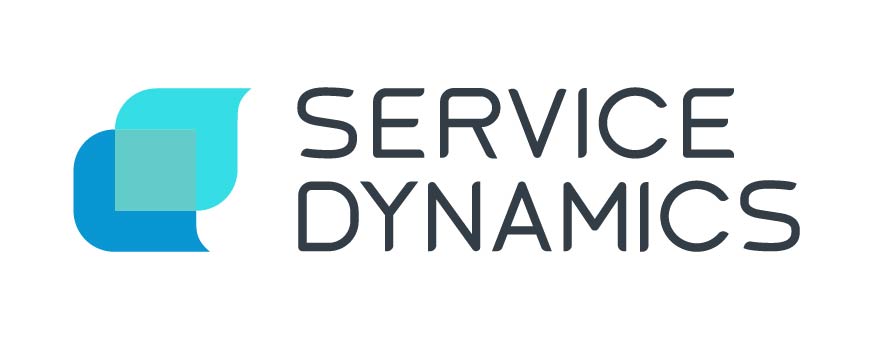I am not a perfect human being. I like things for the wrong reasons, buy things based on past fears and occasionally I get caught up by the hype surrounding certain consumer products.
I am not proud of this. In fact, over the past few years I have tried very hard to improve in this area. I now research everything to death in the hope that I'll avoid that "post-purchase dissonance" one so often feels when buying something that turns out to be nothing like you expected.
This "buyer" dynamic is a fascinating subject and one that is often mirrored in the macro world of big business. There is a pendulum that swings from side to side in response to past experiences, projects that have gone wrong, and dead ends we've hit with past solutions. We are also, more often than any of us would like to admit, influenced by market trends and fashions that retrospectively confuse us all as to why they were deemed so good at the time.
The cry for out-of-the-box IT Service Management tools.
In the world of IT Service Management tools this is especially pronounced. More so by the fact that we have been well and truly burnt by past experiences, so much so in fact that the pendulum has been stuck for a good while in the "out-of-the-box" position. More often than not we are now encountering customers wanting their new ITSM tool delivered out-of-the-box (OOTB). Customers even go so far as to say "don't say the word customisation to me - I want everything OOTB".
Fear of customisation was justified
This is a shame, but not surprising. IT Service Management tools in the past sold us on the glory of customisation, only to find that the more you customised the tool, the more expensive it became to run, to maintain, and to upgrade. In some cases the customisation would prevent customers from ever upgrading again. We have come across a number of companies that have been seeking another tool because their current toolset has been deemed too risky and too effort laden to update. They feel they've been left stuck in a world of pain as other integrated applications move ahead to versions that are no longer compatible.
What if you could have the best of both worlds?
Interestingly though, if we could get our hands on a product that can stand on its own as an OOTB solution but can be customised to our hearts content (without any downside), we would grab it immediately. Who wouldn't?
Having applications customised to our own needs creates competitive advantage, drives value back into the business and continually improves efficiencies into everything it touches.
A new way of thinking
There are products such as these now but they face the challenge of prying the pendulum from its current position by forcing customers to open up to a new way of thinking. Something not easily achieved given the "baggage" most customers are understandably holding on to.
Cherwell Service Management, as an example, has architected its offering with exactly this paradigm in mind. The layers of Cherwell you interact with are abstracted away from the core code that gets upgraded, allowing you to upgrade whenever, in a matter of hours. Yes, that's right... hours.
I urge you when thinking about new toolsets to keep an open mind and prove what I've written in this blog to yourself during your evaluation process - because of course you shouldn't take my word for it. Remember, I am not a perfect human being...


